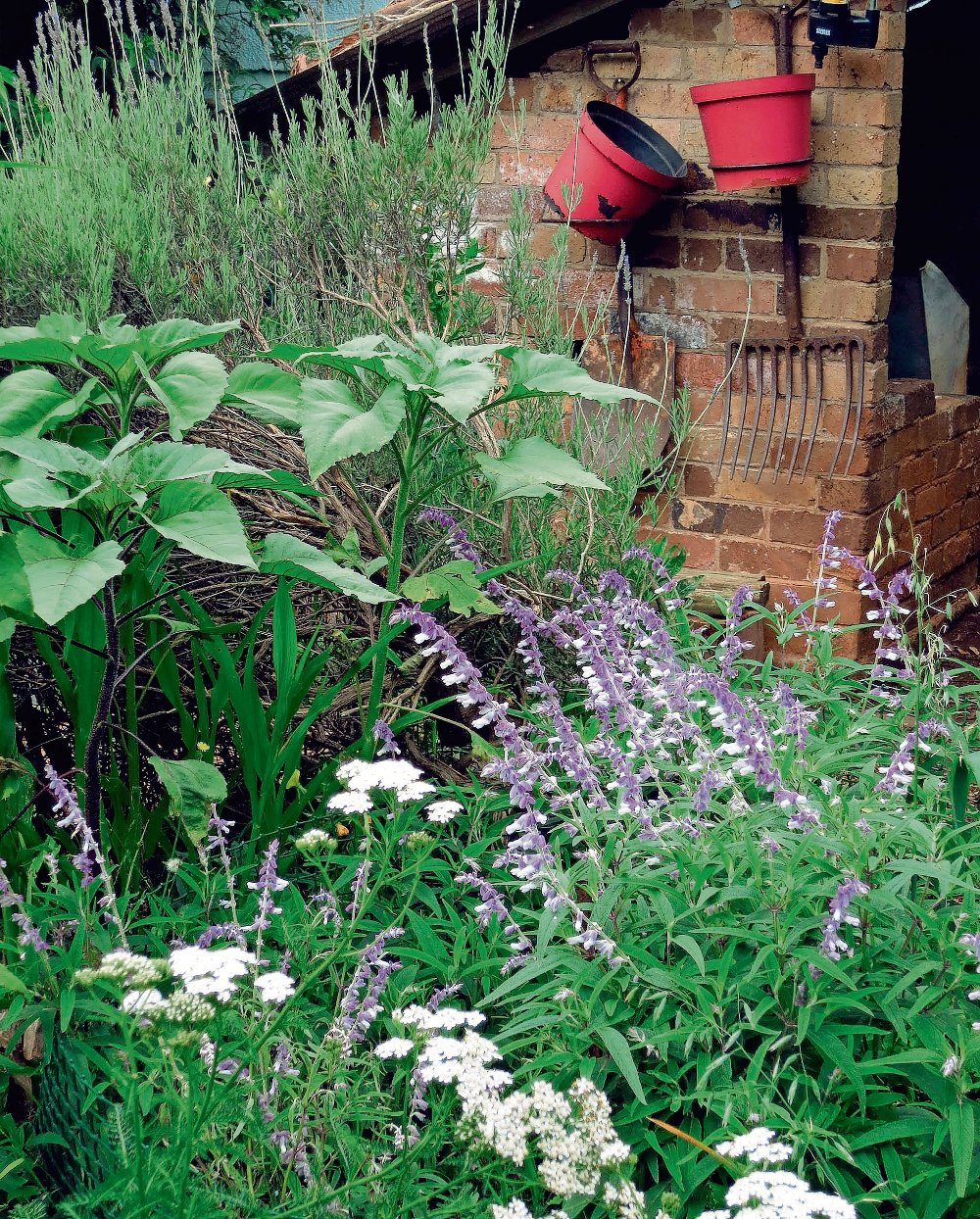JANE’S DELICIOUS URBAN GARDENING by Jane Griffiths (Sunbird)
Recent rains have provided some relief but the threat of more severe water restrictions remains so the first section that should be turned to in this inspiring book is the one titled “Water”.
Without water, all the hard work it takes to create a vegetable garden will be for nothing. If we can’t rely on regular rain or water on tap, then we have to explore the alternatives.
As Jane Griffiths explains: “The average family uses between 300 and 350 litres of fresh, drinkable water daily and almost 90% of that leaves the home as waste water.”
Clearly gardeners shouldn’t be allowing this to happen and in this, the fourth in Griffiths’s “delicious” series of books, she gives all the details about grey-water harvesting.
If there is ever good rainfall again, then there is also advice about harvesting this “free” water, with installing a tank fed by the gutters being the most obvious option. There is advice on the most efficient watering systems and plenty of watering tips.
All these measures can be costly and complicated but those gardeners with some McGyver skills will definitely be able to find their own solutions.
Of course, solving the water problem is linked to all the other factors that go into achieving the holy grail of organic gardening: the perfectly balanced environment. And with this book Griffiths has made sure that we need look no further when seeking assistance in ensuring that our urban gardens, no matter how big or small, produce a bounty of fruit and vegetables.

Preparing the soil, the groundwork as Griffiths so aptly calls it, is the obvious place to start. This is where there is good news for all of us who know how labour-intensive creating and maintaining a vegetable garden can be: no-dig gardening is best “because digging up and turning over the earth is more harmful than beneficial to the soil”.
So hang up your fork, unbend your back and follow Griffiths’s guide to creating humus-rich soil, then continue to the sections on planting, growing – with a great section on companion planting – and then to the “protecting our plants” chapter.
It is heartbreaking when plants you have nurtured so carefully from seed are decimated by pests or diseases. Griffiths’ list of organic solutions – from pest-repelling plants to a powder made from fossilized algae called diatoms – covers all eventualities in this battle. But don’t be too zealous because there are beneficial insects too.
Nutrition is another vital aspect and here we learn how to make home-made fertilisers and green manure, create a compost heap and manage a worm farm. Only the really dedicated will take the bokashi (the Japanese word for fermented organic matter) option that involves recycling fat, starch, bones, meat and dairy.
All aspects of urban gardening are covered, including solutions for the limited space problem (vertical, rooftop and container gardening), and some really useful shady garden solutions (not all vegetables need eight hours of sun). And the many fruit options – from bananas to berries – are given plenty of space as well.
Be impressed by examples of successful urban gardens and be tempted by sections on chickens and beekeeping. But, most importantly, be inspired to start your own organic urban vegetable garden.
By starting to grow vegetables in her Johannesburg garden many years ago and experiencing all the failures and triumphs, doing all the research and solving all the problems, Griffiths has done most of the work for us. All we have to do is to get growing.